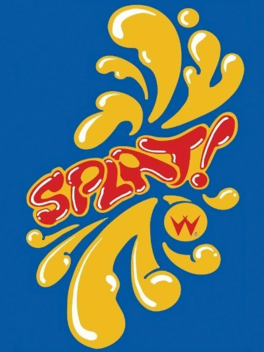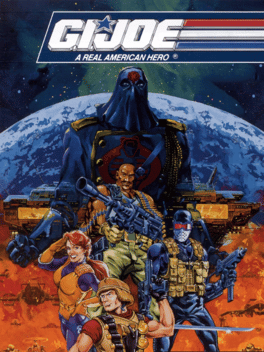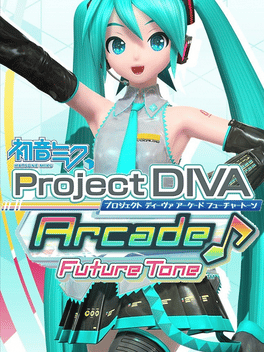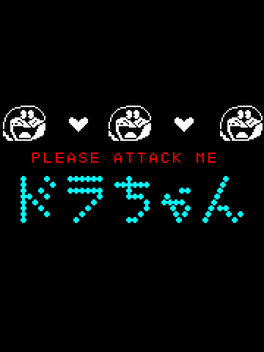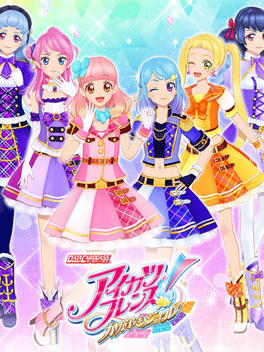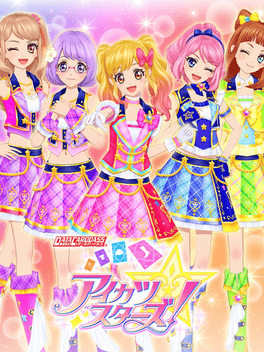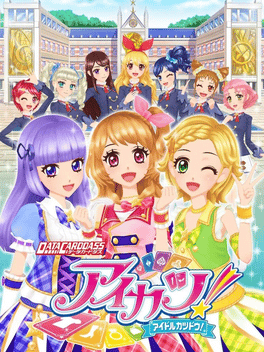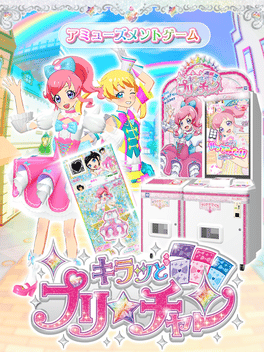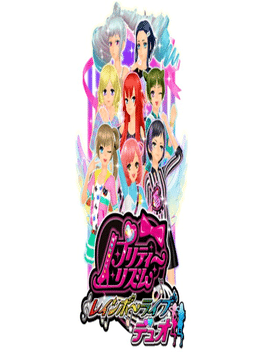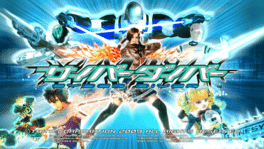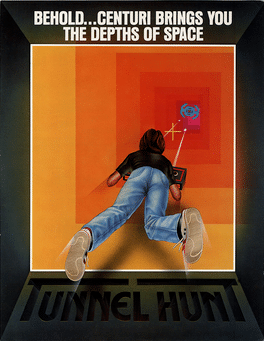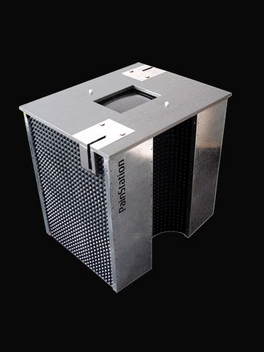Most Popular Arcade Games - Page 47
-
Splat!
1982
-
Polybius
1981
-
G.I. Joe
1992
-
Sen-Know
1999
-
Hatsune Miku: Project Diva Arcade Future Tone
2013
The sequel to Hatsune Miku: Project Diva Arcade, adding several new songs and a Touch Slider. It also features improved graphics over the previous game thanks to upgraded hardware powering the game. The game received two major updates, "Version A" and "Version B", which each added new songs. It also received a cabinet revision that added a photo mode and a printer to print photos taken, titled "Hatsune Miku: Project Diva Arcade Future Tone with Photo Studio". Hatsune Miku: Project Diva Arcade Future Tone was ported to the PlayStation 4 in 2016 as "Hatsune Miku: Project Diva Future Tone". -
Dorachan
1980
-
Aikatsu Planet!
2020
Aikatsu Planet!
2020
Aikatsu Planet! is an arcade collectible card game in Bandai's Data Carddass line of machines. Unlike the Aikatsu!, Aikatsu Stars!, Aikatsu Friends!, and Aikatsu on Parade! series of arcade games, it revolves around using collectible swing cards for idol battle stage. -
Aikatsu Friends!
2018
Aikatsu Friends!
2018
Aikatsu Friends! is an arcade collectible card game in Bandai's Data Carddass line of machines. It is the successor and spin-off to the Aikatsu! and Aikatsu Stars! series of arcade games. The game revolves around using collectible cards featuring various clothes to help aspiring idols pass auditions. -
Aikatsu Stars!
2016
Aikatsu Stars!
2016
Aikatsu Stars! is an collectable card arcade game based on the anime. The new series introduces the new type of coords: the Star Premium Rare Dresses, as well as the rival school, Venus Ark. -
Aikatsu!
2012
-
Waccha PriMagi!
2021
Waccha PriMagi!
2021
Waccha PriMagi! is a Japanese arcade game made to replace the Kiratto Pri-Chan arcade machines across Japan. It is an amusement game that is rhythm-based. -
Kiratto PriChan
2018
Kiratto PriChan
2018
Kiratto PriChan is a Japanese arcade game. It is the successor to PriPara, Idol Time PriPara and the third entry in Takara Tomy's Pretty Series. -
Cyber Diver
2009
Cyber Diver
2009
Cyber Diver is an Action game, developed and published by Taito Corporation, which was released in Japan in 2009. -
D-Day
1981
-
Challenger
1981
-
Tunnel Hunt
1982
-
World's Largest Pac-Man
2016
World's Largest Pac-Man is an arcade game. It is an enhanced version of the original Pac-Man. The cabinet also plays Galaga, and the machine can be set to play either of them or only one of them. However, Galaga does not seem to be enhanced in any way. -
PainStation
2001
PainStation
2001
Painstation is an art object and arcade game based on Pong developed by the artists' group, "/////////fur//// art entertainment interfaces", with pain feedback. -
Space Ship
1979
Space Ship
1979
Space Ship is an early arcade video game from Konami. It is a clone of Exidy's Star Fire, a first-person space combat game.
